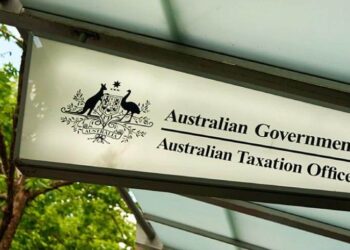Colonial First State executive manager Craig Day explained that when an SMSF member dies and they’re in pension phase, one of the first things that should be determined is whether the pension is reversionary.
“If it’s not, and you decide to pay the death benefit in the form of a pension, the credit is the value of the pension at the date of commencement,” Mr Day explained at the CA ANZ National SMSF conference.
“If it is reversionary, it’s the value of the pension at the date of death, and the credit arises 12 months late.”
Also speaking at the CA ANZ conference, Cooper Grace Ward Lawyers partner Clinton Jackson said many SMSF clients often say they want to make a pension reversionary purely for this 12 month rule that delays the credit to the transfer balance account.
“In our view, that 12 month rule alone is not enough reason to make a pension reversionary. You can achieve the same, if not a better result, by paying a death benefit pension, provided there is discretion given to the trustee under the deed,” said Mr Jackson.
“In our experience, making the decision to pay under discretion probably doesn’t happen to around that nine month mark at the earliest. That’s because we’re waiting to see if there are any challenges to the estate or the fact scenario that are going to affect where we’re going to pay the excess of that balance.”
The payment of a death benefit pension can therefore be much longer than the 12 month period afforded by reversionary pensions, he explained.
“We had one recently where [the payment] wasn’t until two and a half years later. We asked the ATO to comment on what they considered to be ‘paid as soon as practicable’ and for this particular fact scenario they said that two and a half years later was [acceptable],” he said.
“As a result, the transfer balance credit didn’t arise until two and half years until after death. Whereas if you have a reversionary pension, that would have happened 12 months after death, so just having a reversionary pension doesn’t necessarily buy you any more time.”
Mr Day highlighted that there are a lot of issues to consider when deciding whether to make a pension reversionary or not.
For example, the large public offer funds, he said, will want to pay out a death benefit long before that 12 months, so a reversionary pension is likely to give these members more time and flexibility.
“As Clinton said before, for SMSFs, the average time it takes a trustee to make a decision to pay a death benefit is nine months, and they’ve had situations where it’s up to two and a half years later. So inside an SMSF, you’ve potentially got much longer to get your affairs into place,” said Mr Day.
He also highlighted that taking too long to pay a death benefit pension may place the tax exemption for the pension at risk.
“You do have to pay a death benefit as soon as practicable. And if that takes longer than 12 months, you will need to have a good reason why,” said Mr Day.
“While Clinton gave the example where it took two and half years, I’m sure that had a good reason attached to it. If you’re going beyond 12 months, I would want to have a good reason, otherwise you’re putting that tax exemption for that pension up for grabs.”



This is a great article of what can happen where there is no security and certainty in a SMSF member’s estate planning and given the most recent cases like Munro v Munro, even proposed estate planning falls down at the documentation level. Reversionary pensions that transfer automatically on the death of a member to the reversionary beneficiary provide safety for clients. TBAR is important but to have an estate run out two and a half years raises so many concerns with fund earnings generally not being able to be paid to the deceased member’s account plus a challenge to accountants under section 55(1) for not completing the estate within a reasonable amount of time. IN my view three months is reasonable if estate planning has been put in place and readily executable.